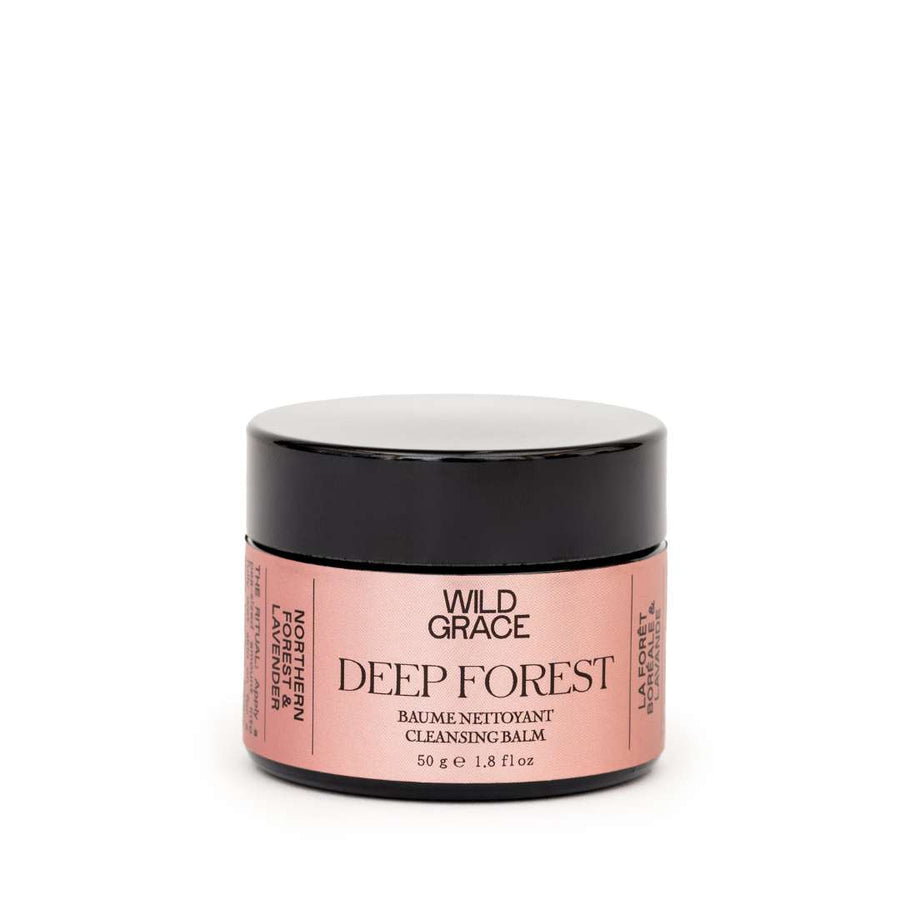TAKE THIS WITH A GRAIN OF SALT!
Every Little Thing You Should Know About Salt
Salt! We know this little ingredient only too well. it's hidden in a very large amount of the foods we consume. It's an all-purpose ingredient to season all our dishes, in addition to being a digestive enzyme stimulator. Would you be surprised to learn that it has also been used for medicinal purposes for thousands of years? In Ayurveda; it is a key element for the balance of the doshas.
Refined salt, this impostor that should be avoided...
The vast majority of processed products that we buy at the grocery store considerably increase our consumption of refined salt (table salt) since it is present in large quantities. Table salt is a type of salt that is processed using various chemicals and often contains additives. It's refined to increase its sodium content (it generally contains 99.8% sodium chloride) and thus gives it a stronger taste. Its omnipresence in our daily diet can lead to several health problems such as water retention, premature skin aging, and an increased risk of cardiovascular disease, and kidney failure.
The salts to prioritize for a healthy body
-
Sea salt: as its name suggests, sea salt is taken from the salty water of the sea. It is harvested by evaporating seawater in the sun. The result: only the salt crystals remain and can be collected.
Be careful! There is another method to harvest sea salt: by desalination. This is a process involving chemicals to remove the salt of the seawater in order to make drinking water. The extracted salt is then used for commercial purposes.
-
Mineral salt (rock salt): this salt is collected from ancient sea beds that have evaporated over the centuries. It is extracted from these mountains of raw salt, washed and finally dried. It is then found in the form of rocks, which are crushed at different levels depending on the need. The best known of these is pink Himalayan salt. The advantage of this type of salt? It has a high content of trace elements!
Another very interesting variety of mineral salt is black salt (kala namak). It is actually pink Himalayan salt that is heated to extremely high temperatures and mixed with Indian spices and herbs. For example, with the seeds of the harad fruit, which gives it sulfurous notes. This salt is particularly heating, which means it should be avoided for Pitta & Kapha, but can be very efficient to pacify Vata.
Ayurvedic uses of salt in a few words
- Deepana : stimulates the appetite
- Amapachana : helps to digest toxins
- Bhedaniya : purgative
- Slesmala : increases Kapha and mucus
- Anulomana : calms Vata energy
Therefore, a good quality salt is essential in our diet in order to avoid the diseases listed earlier. It is also important to pay special attention to the amount of salt we ingest: it is all about the proper consumption of this ancient ingredient.
"It can help remove waste from the body, aid digestion and relieve colon pain" - Heidi Spear (professor at the Kripalu Center for Yoga & Health, meditation coach and author).
As I previously discussed in my article The Six Tastes of Ayurveda (click here to go to the article page), saltiness is one of the six Ayurvedic tastes (Lavana rasa). It is associated with the water and fire elements and serves mainly to pacify Vata. It stimulates saliva production, appetite, and digestion. In excess, it can cause water retention.
I hope that all this information will help you make a more informed choice during your next visit to the grocery store ;-)
Warmly,
Kim XX







Leave a comment